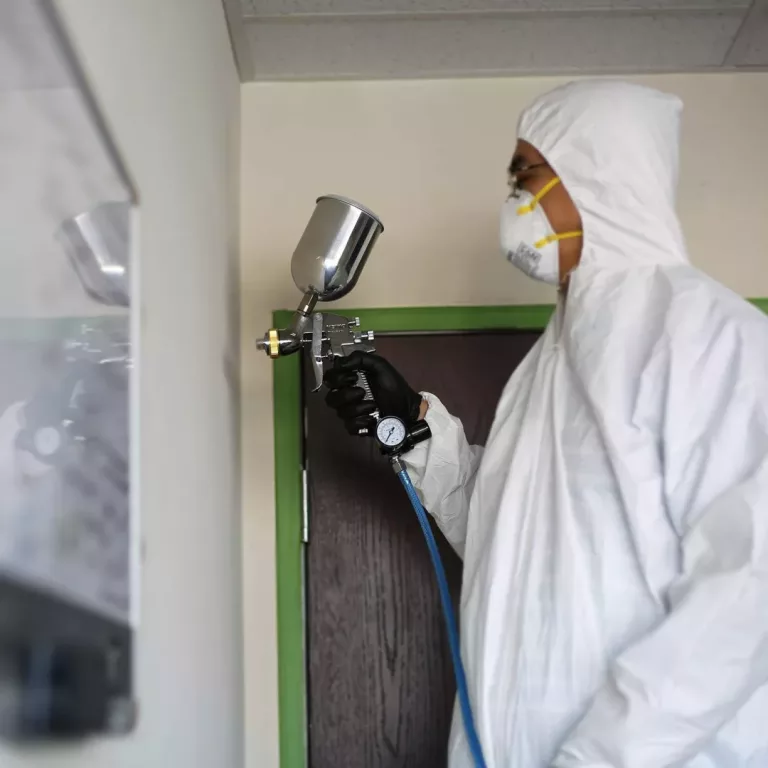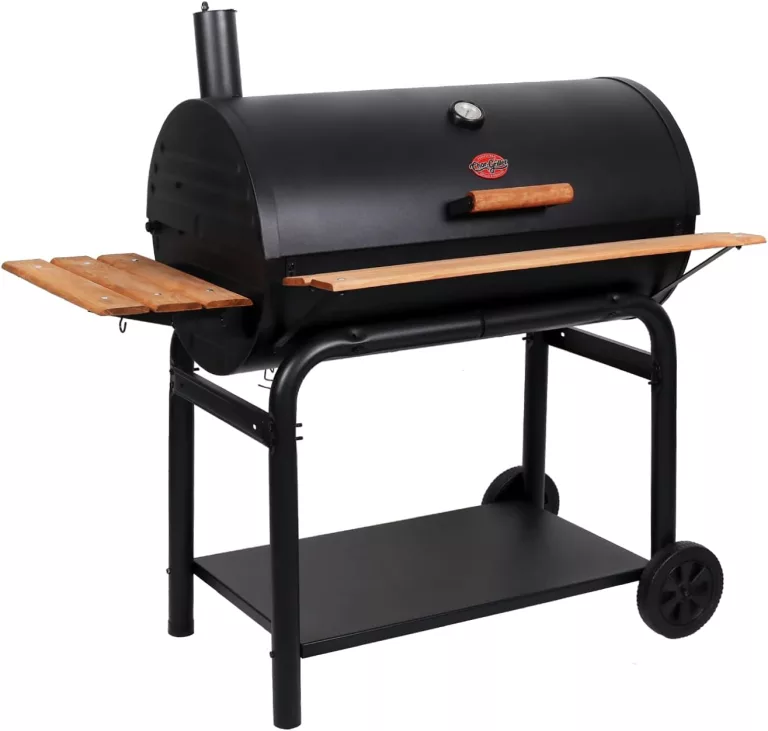Sous Vide VS Reverse Sear
If you are a fan of steaks of any type, then you must be familiarized with the sous vide and reverse searing terms. At least, you must be having some high-level information about both the terms. The specifics of these two terms in cooking is what we are here for. Everybody has a specific preference and their techniques for cooking steak. There is a popular opinion that slow cooking is the best way to go about steak cooking as the taste then gets yummy with tender meat. However, the debate between sous vides and reverse searing still stands as which one is the better method for cooking steak. This is all dependent on personal preferences and choices. But, both the methods have their specific outcomes, which might help you in making your decision.
What is Sous Vide and how does it work?
Sous Vide is a style of cooking and refers to the “under vacuum” popular French phrase. The method warrants the food to be sealed in a vacuum bag and then slow cooking is required inside a water bath while maintaining a precise temperature. This method ensures that no overcooking of food is done.
The process allows you to get the food just like you prefer: rare cooked, medium cooked, well done or just somewhere in between. This could be done regardless of the thickness and size of your steak being cooked.
Steps for Sous Vide Steak Cooking:
1. Preheat your oven at a temperature of around 130 degrees F.
2. Season your steak generously with salt and paper or just as you like it the most.
3. Place the seasoned steak in a medium-size zipper lock or even better, in a vacuum seal bag. Please note that the vacuum bag here should be sealed using the vacuum sealer at dry setting or through the water immersion method.
4. Place the sealed vacuum bag in the water bath and set the cooking timer for 2 hours.
5. Once the timer goes off then remove the vacuum bag from the water bath. Remove the steak as well and pat dry it using paper towels.
6. Heat some of your preferred oil in a cast-iron skillet at high heat. When the oil reaches simmering point, slide in the steak and sear it until you achieve browning finishing. Allow 30 seconds for either side of the steak.
7. Shift the meat to the cutting board and allow it to rest for five minutes, before serving.
The only drawback of sous vide style of cooking
There is one potential drawback of sous vide, which depends on the way you like your steak/ meat to be done. The meat coming out through sous vide cooking’s vacuum bag is wet and the juice within the meat is gone, when they are cooked this way. It means that it is not easy or even possible to get some good sear right over sous vide meat/ steak, even if you pat dry it.
All you need to know about Reverse Searing:
Reverse Searing style of cooking is designed to replicate the sous vide results, without using any sous vide cooker, of course. The cooking technique is completely dissimilar, but the results are quite similar.
In this method, you slow cook your meat, while maintaining a temperature somewhere in the range of 93 to 135 centigrade. The idea here is to have the temperature right within your preferred serving temperature requirements. Once the steak is cooked, then sear it to match your liking.
Reverse searing is good in giving the crispy brownish finish to the meat, while still having the ability to give a tender and consistently cooked center.
Steps for Reverse Searing Steak Cooking:
1. Preheat the oven at a temperature of 275 degrees F.
2. Season the steak as per your liking and place it in a rack over a baking tray. You may cover the entire tray with a foil to avoid any mess of the oven during cooking.
3. Place the tray inside the oven.
4. Continue cooking until the internal temperature gets to somewhere near 135 degrees F. This all depends on your preference in terms of the doneness of meat you want. The time it takes for cooking is around 45 to 60 minutes.
5. Remove the steak with the tray from the oven once your desired internal temperate is reached as per the doneness of the steak you like.
6. Allow the steak to rest at room temperature for some 10 to 15 minutes.
7. Now, preheat a heavy-based pan or a cast-iron skillet to a higher temperature level.
8. Slide in the steak once the oil starts shimmering.
9. Start searing the steak and ensure that you do it for one minute for either side of the steak.
10. Transfer the steak in a tray and serve it right away.
Limitations of Reverse Searing:
Reverse searing is not a viable option when you have a steak that is very finely or thinly cut. This applies to the steaks that are thinner than 1 ½ inch. Using the reverse searing style of cooking, such thin meat/ steak cuts are cooked way too quickly. This is something you do not want if you like your steak to be well-done right from deep inside.
Conclusion:
As mentioned right in the introduction of this article, there is no better method between the sous vide and reverse searing for cooking steaks. It is all about personal preferences and choices. However, the benefits and the shortcomings of both the approaches discussed above could help you in making your choice. A sous vide approach for cooking steak could give you a consistent taste every time. You rarely get into the overcooking or undercooking zone with such a method. Reverse searing on the other end cooks meat consistently throughout. But, it might not be the option for all types of steaks.







